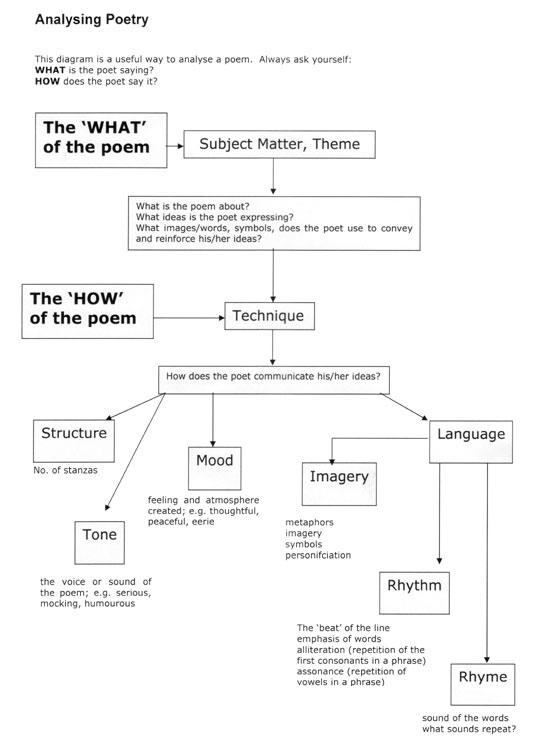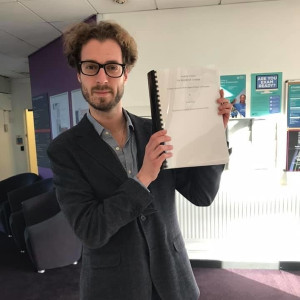- Read the Poem: Read the poem several times to gain an overall understanding of its meaning and message.
- Identify the Form and Structure: Identify the form and structure of the poem. Consider its rhyme scheme, meter, and stanza structure. Analyze how these elements contribute to the overall effect of the poem.
- Analyze the Language: Analyze the language used in the poem. Look for any use of figurative languages, such as metaphors, similes, and personification. Identify any imagery used in the poem, and consider how it contributes to the poem's overall meaning.
- Consider the Tone and Mood: Consider the tone and mood of the poem. Analyze the writer's choice of words and consider how they contribute to the overall tone and mood of the poem.
- Identify Themes and Ideas: Identify the themes and ideas presented in the poem. Consider what the poem is trying to say, and what message the poet is trying to convey.
- Consider the Historical and Cultural Context: Consider the historical and cultural context of the poem. Analyze how the poem reflects the cultural and social concerns of the time in which it was written.
- Evaluate the Poem: Evaluate the poem as a whole. Consider how all the elements of the poem work together to create its overall effect. Evaluate the poem's success in achieving its purpose, and its significance within the context of literature.

The best English tutors available
Analysing Poems in GCSE
One should consider many points when analysing a poem in a GCSE exam. These points include language, themes, mood and atmosphere and structure of the poem.
To analyse a poem, you can follow the ideas below:
- Content: The content refers to what poems are about. It includes the subject matter of the poem.
- Ideas: These refer to the primary theme of the poem. You need to look at whether the poet is trying to get the reader to think about specific ideas or issues. Examples of themes include wonders of nature, loneliness, the destruction of war, and how people feel when they get old.
- Mood or Atmosphere: It refers to how a reader feels when he reads the poem. For example, whether the reader feels lonely, sad, joyful, happy, grateful or angry after reading the specific poem. To get an idea of the mood, you need to look for the words or images in the poem that are connected to each other and contribute towards the overall mood of the poem.
How a poem is written?
This section covers different parts such as:
- Form and structure: It refers to the way the poems are organized.
- Language: To analyze the language of the poem, you need to look for the specific words or phrases that sum up these poems.
- Images: These imply things like similes, personification, metaphors, etc.
Alternatively, you can also follow the following six steps to craft a great analysis. It's up to you to choose to wither method.
- Step 1: Subject. Think about what is the poem about and why?
- Step 2: Theme. To determine the theme of the poem you need to look for the recurring ideas and topics in the poem.
- Step 3: Tone. The tone of the poem refers to how would you describe the mood of the language.
- Step 4: Imagery. It implies the literary devices used in the poem and their significance.
- Step 5: Form. Think about why the writer has chosen this structure for writing the poem.
- Step 6: Feeling. To get an idea about the feeling of the poem you should look for different emotions being conveyed in the poem.
Useful Flow Chart to Analyse Poetry
The following flow chart focuses on "WHAT is the poet saying?", and "HOW does the poet say it?"













Thank you, this really helped my child! He is now in Reading Boys!!!
😃